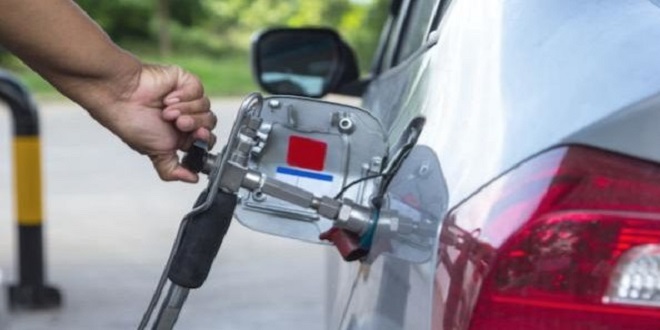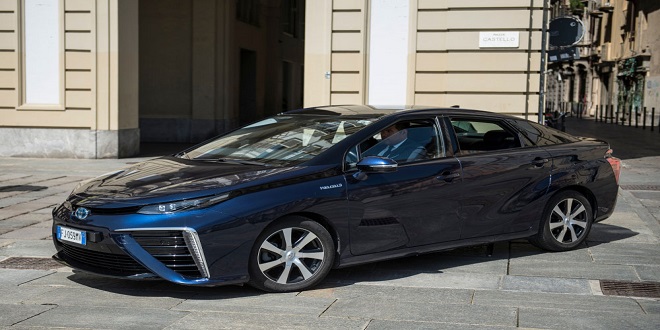Automobile Compressed Natural Gas

Properties
Natural gas contains 85–95 % methane. The heat value, stoichiometric air/fuel ratio, and heat value of the fuel-air mixture are similar to those of gasoline. Therefore, changing a car to run on methane from gasoline is not difficult. The higher octane number of methane is promising, allowing augmentation of the compression ratio to 12–14. Nevertheless, the infrastructure for natural gas does not allow such an increase in compression ratio because of the bivalent configuration of cars for both natural gas and gasoline using the same engine
Storage on Board
In addition to the storage of natural gas as a gas under pressure (CNG), it is also stored as a liquid (LNG) at 123 K and 0.1 MPa. In this form, the density is three times higher than in the gaseous phase, but the cryogenic technique is more complex. An alternative method is the use of absorbed natural gas (ANG), whereby gas is absorbed into an activated carbon matrix at MPa. The LNG and ANG methods are now under development and promise substitution of gasoline by natural gas on a large scale.
Mixture Formation
The technique of fuel dosage for natural gas follows the history of gasoline: it began with the carburetor, was succeeded by continuous injection into the intake duct, multipoint injection, sequential injection, and finally direct injection.
Multipoint gas injection is characterized by higher pressure than a similar gasoline injection, because of the lower gas density. Apart from that, the injection technique, as well as the actuators and sensors, are similar to those for gasoline injection.
After the successful introduction of the direct injection of gasoline in SI engines, the direct injection of natural gas became the subject of intensive research. The advantages are similar to those obtained from gasoline direct injection. Additionally, the potential of a higher compression ratio because of the higher knock resistance should result in a bsfc in the range of diesel engines, but with a better emission spectrum. Such an engine with gas direct injection can be operated without air throttling at partial load. Combustion is assisted by a glow plug, similar to that in diesel engines.
Applications and Results
Despite the higher combustion efficiency of natural gas at the same heat value as diesel fuel, the BFC is higher because of the much lower compression ratio in SI mode.
Production
LPG is a 50:50 mixture of propane and butane and is produced during the refining of crude oil, but also from natural gas. In the Netherlands, LPG for vehicles has been produced since the 1950s. Currently, crude oil refining produces 63 % gasoline, 23 % diesel fuel, and 14 % LPG. The target for the future is to obtain the same fractions of gasoline, diesel fuel, and LPG from the refining of crude oil.
Properties
The properties of LPG are broadly similar to those of gasoline, except for the C/H ratio and the density. The heat value, fuel/air ratio, heat value of the mixture, octane number, and vaporization enthalpy have similar values for both fuels, promising similar engine performances.
Last word
In the gaseous phase at ambient pressure and temperature, a propane-butane mixture is not recommended for vehicle application because of the low density, as presented. The liquid phase is obtainable under relatively simple conditions: Under such conditions, the density of LPG is 68 % of the density of gasoline.
Therefore, operation with LPG using the same tank volume as gasoline guarantees sufficient car autonomy. However, according to customer acceptance, the tanks of cars operating with LPG are times larger than normal gasoline tanks.





